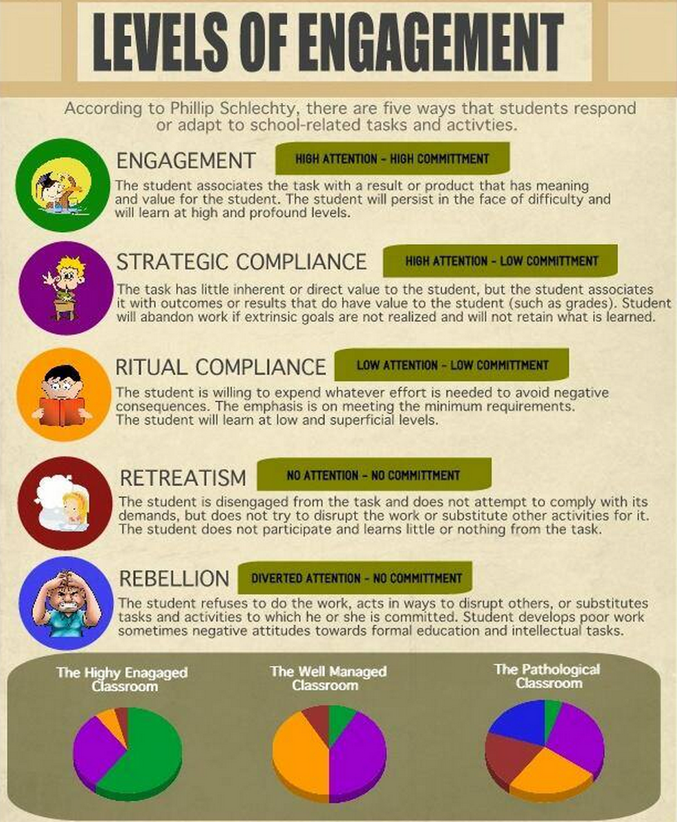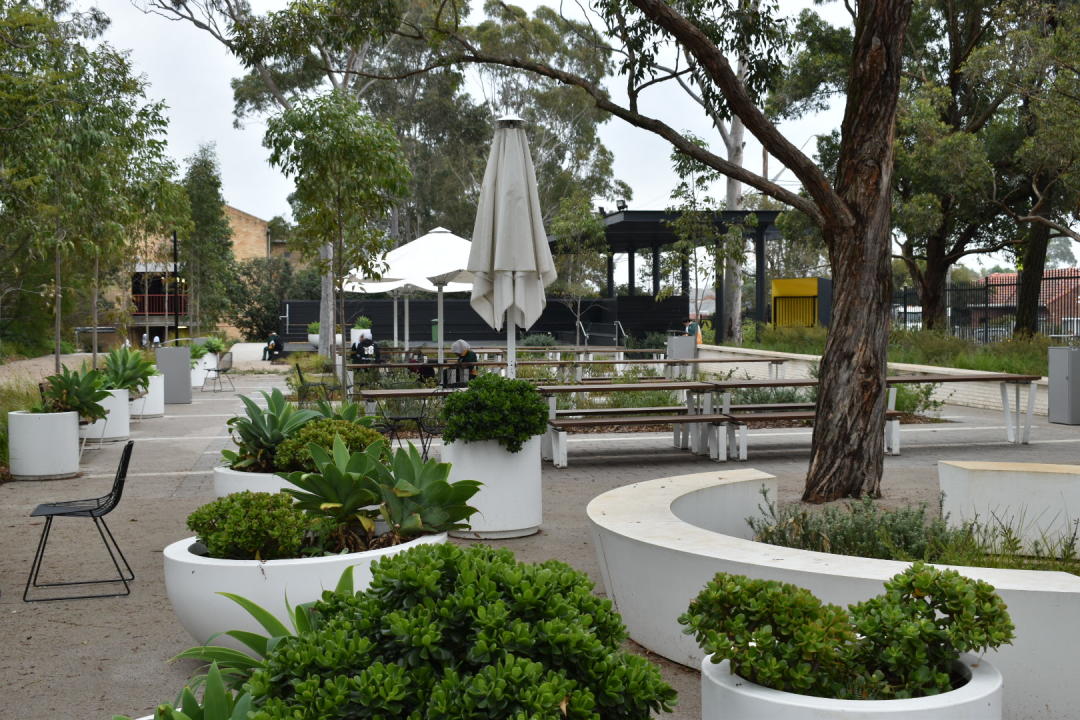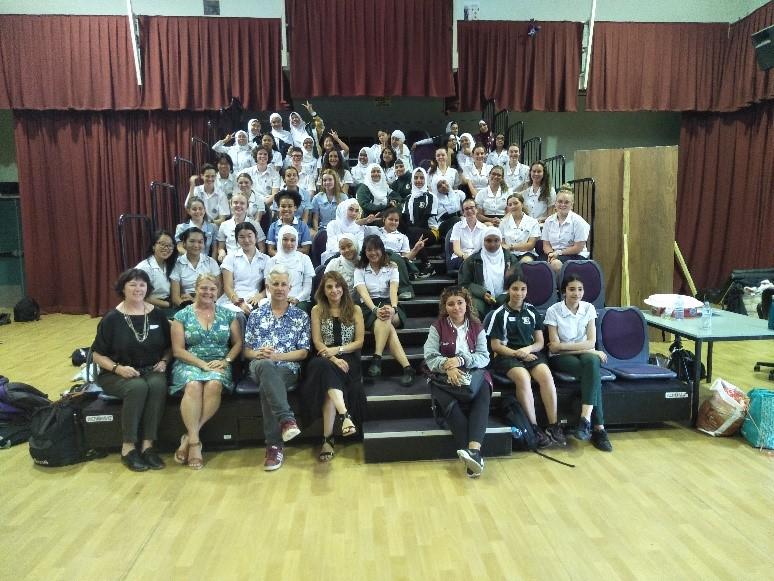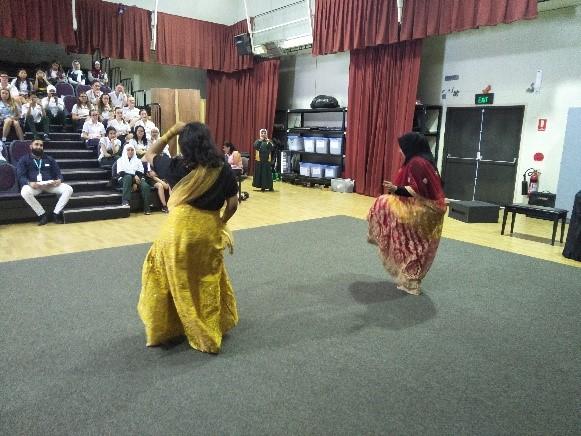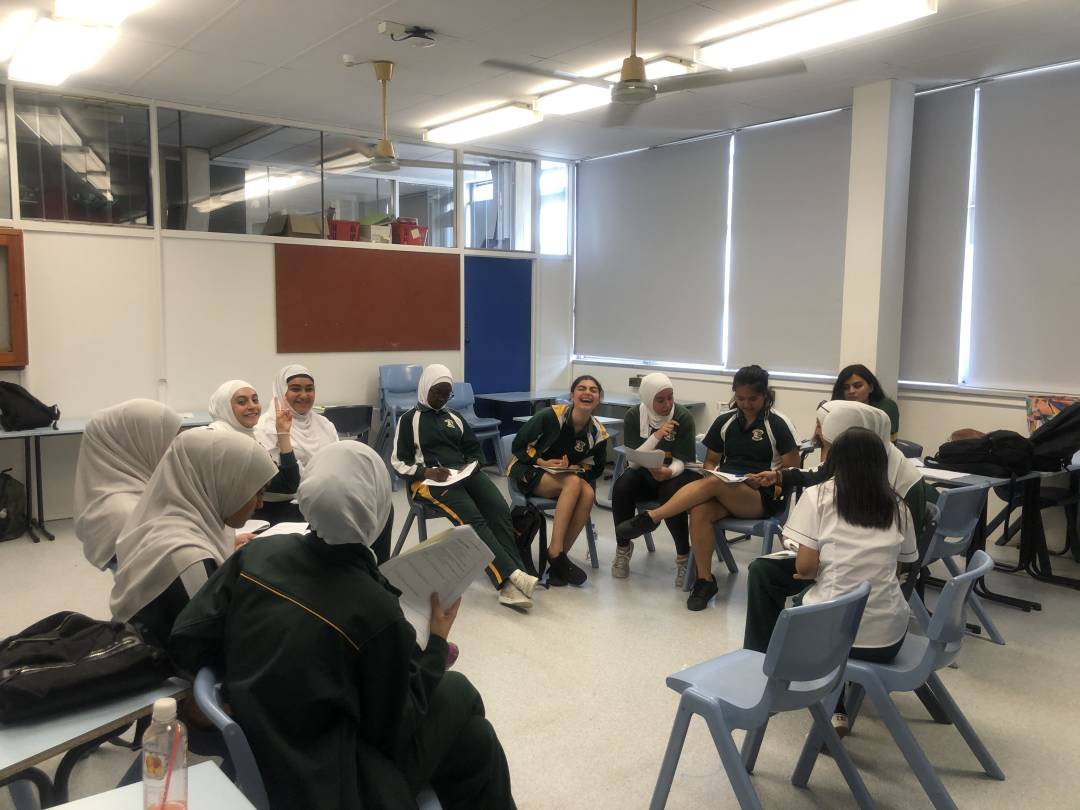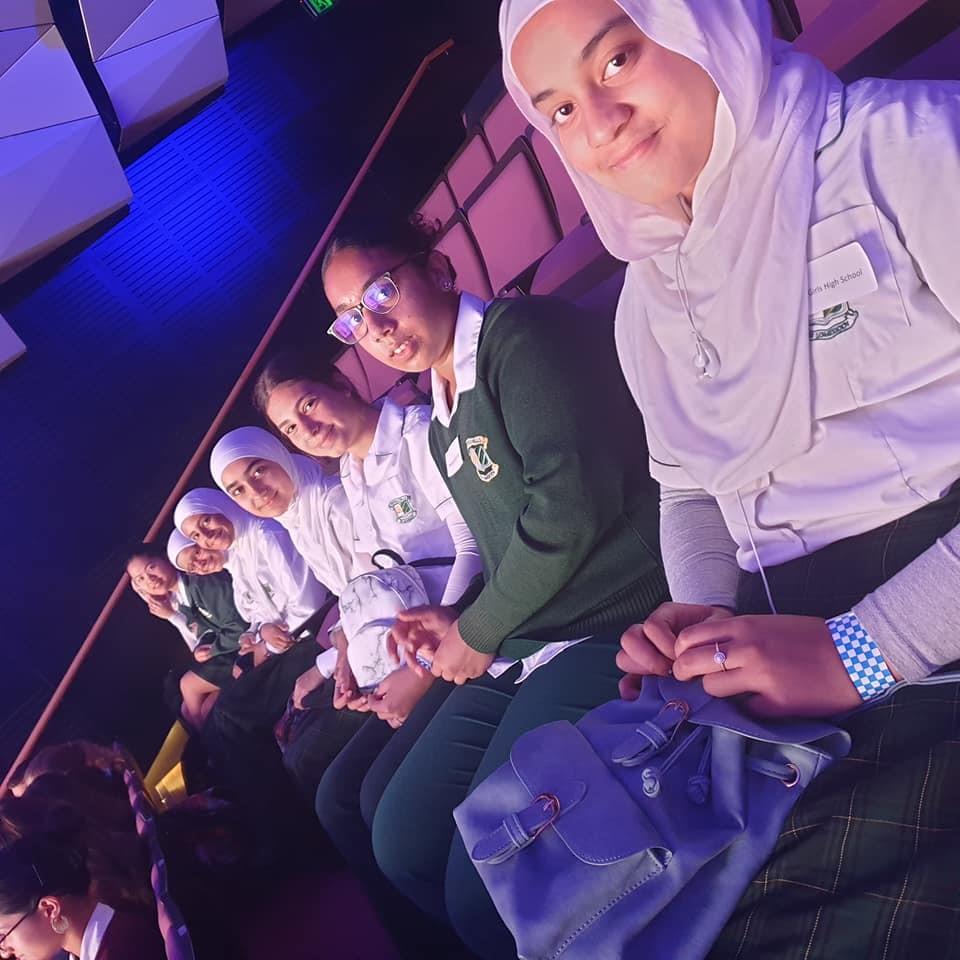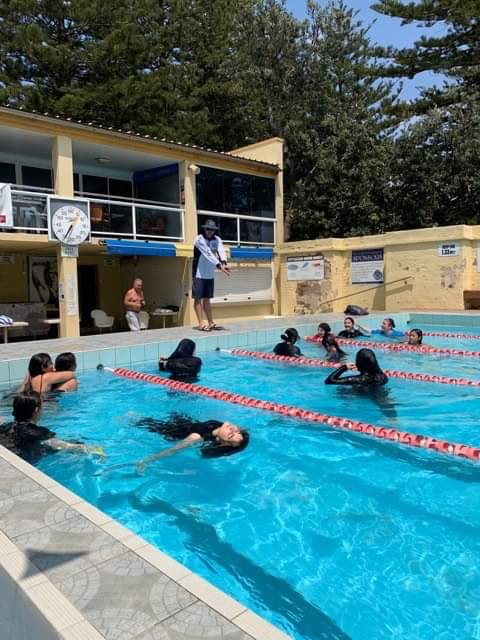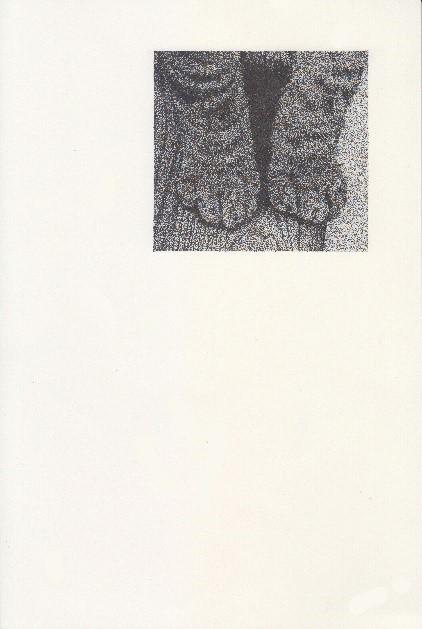Year 9 perspective of the Peer Support Leadership Training
There was always a purpose to each activity we did
Each day of the peer support training was split up into three sessions and the purpose of these were discussed as well. So the course was transparent and clear from the start in terms of its goals and outcomes. E.g By acknowledging yourself, you embrace your personal characteristics and use them to develop your personal leadership style.
It helped us build new relationships as we were in groups with people we might not have known
These groups were selected on the first day of the course and were comprised of people we knew and others we didn't. This course facilitated meaningful connections within groups as we slowly learnt more about others. During most activities, we worked together to reach a common purpose and celebrated successes as a team. Most activities required every person's input, and our ability to work with other ideas and perspectives enhanced significantly.
We got to know our own style of interacting (commander, energiser, protector and thinker)
In short, the program helped us with reflecting on ourselves and the way we work. Learning and acknowledging personal interaction styles made leadership easier. We also accept different styles of others, and worked with them in each of our activities. The most important thing we learnt here was that whilst all commanders, energisers, protectors and thinkers are effective leaders on their own, they often require other styles to balance and complement them. Leadership is about acknowledging differences and working within them to guide others, and this activity showed us more than one perspective is fine and sometimes necessary.
We learnt new ways to deal with things and how to respond
Decision making and problem solving proved to be an intense discussion in our groups as other perspectives often clash with our own. We first attempted activities individually before sharing answers with the entire group. Here we learn to defend our opinions yet negotiate with others in order to deal with presented scenarios. As for individual improvement, we learn to justify our decisions and revisit scenarios multiple times. A new scaffold for problem solving was presented that encourages creative thinking, constant reflection and planning. This proved to be one of the most useful aspects of this entire course.
Co written by Alyssa and Vy




